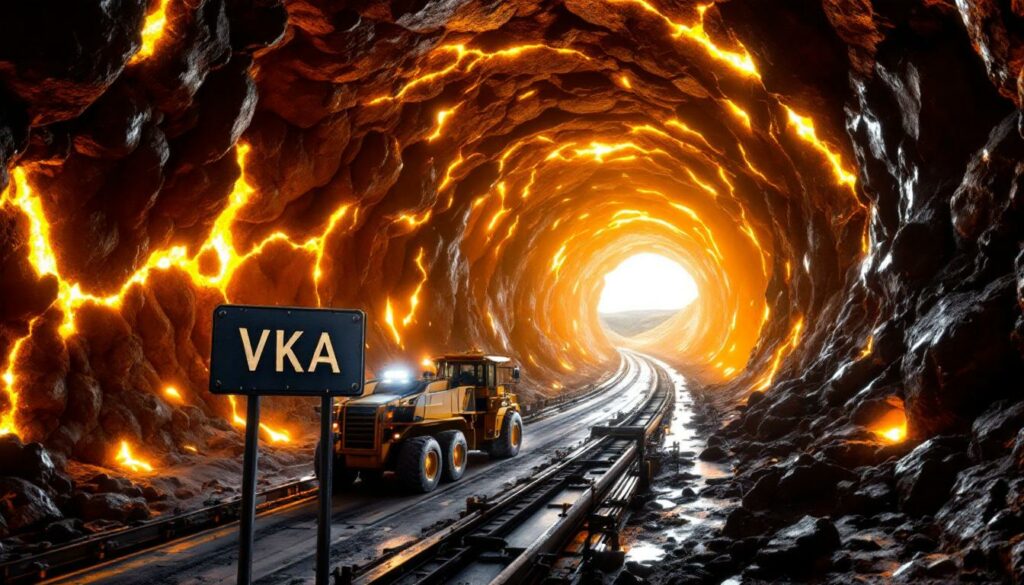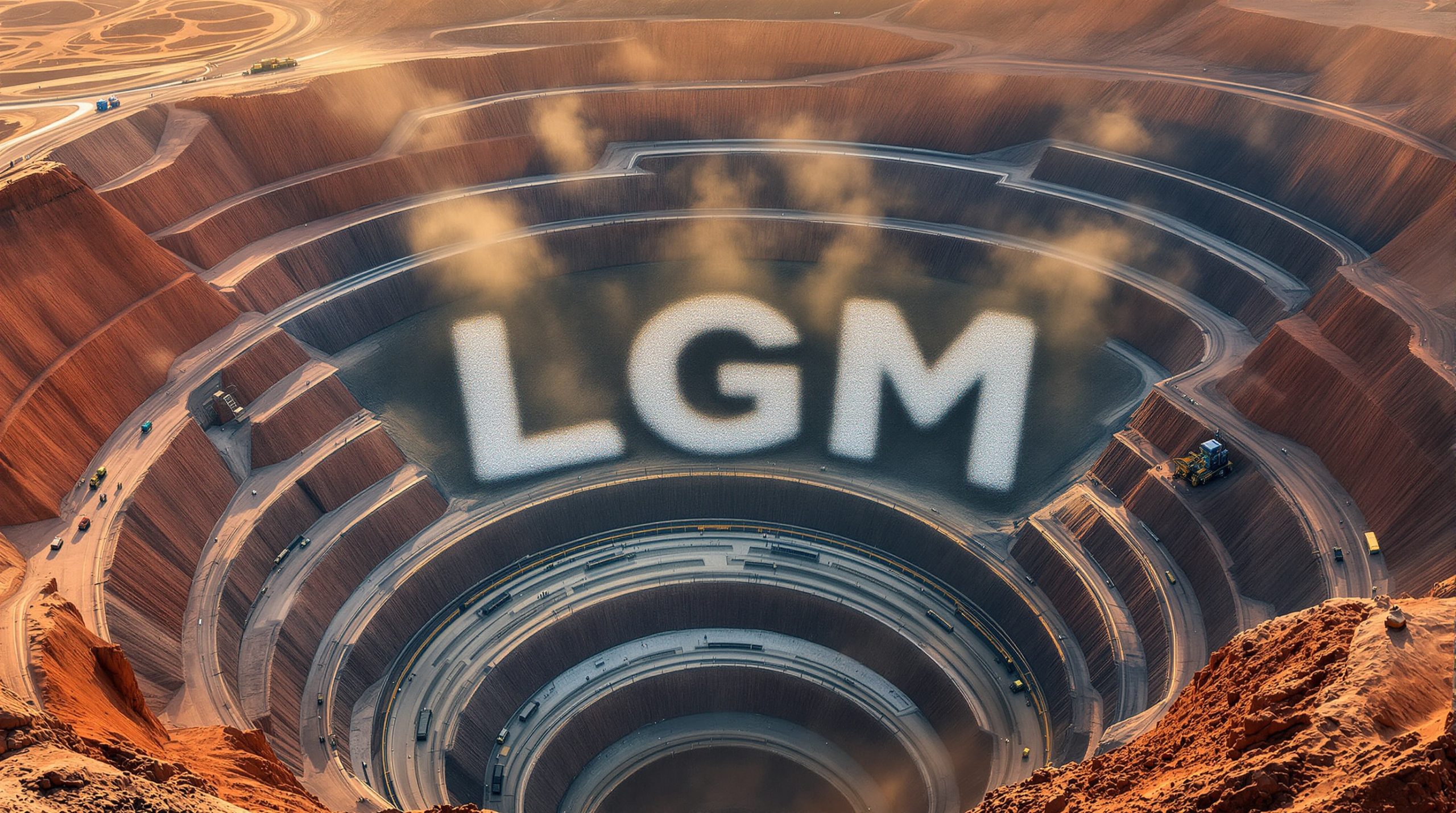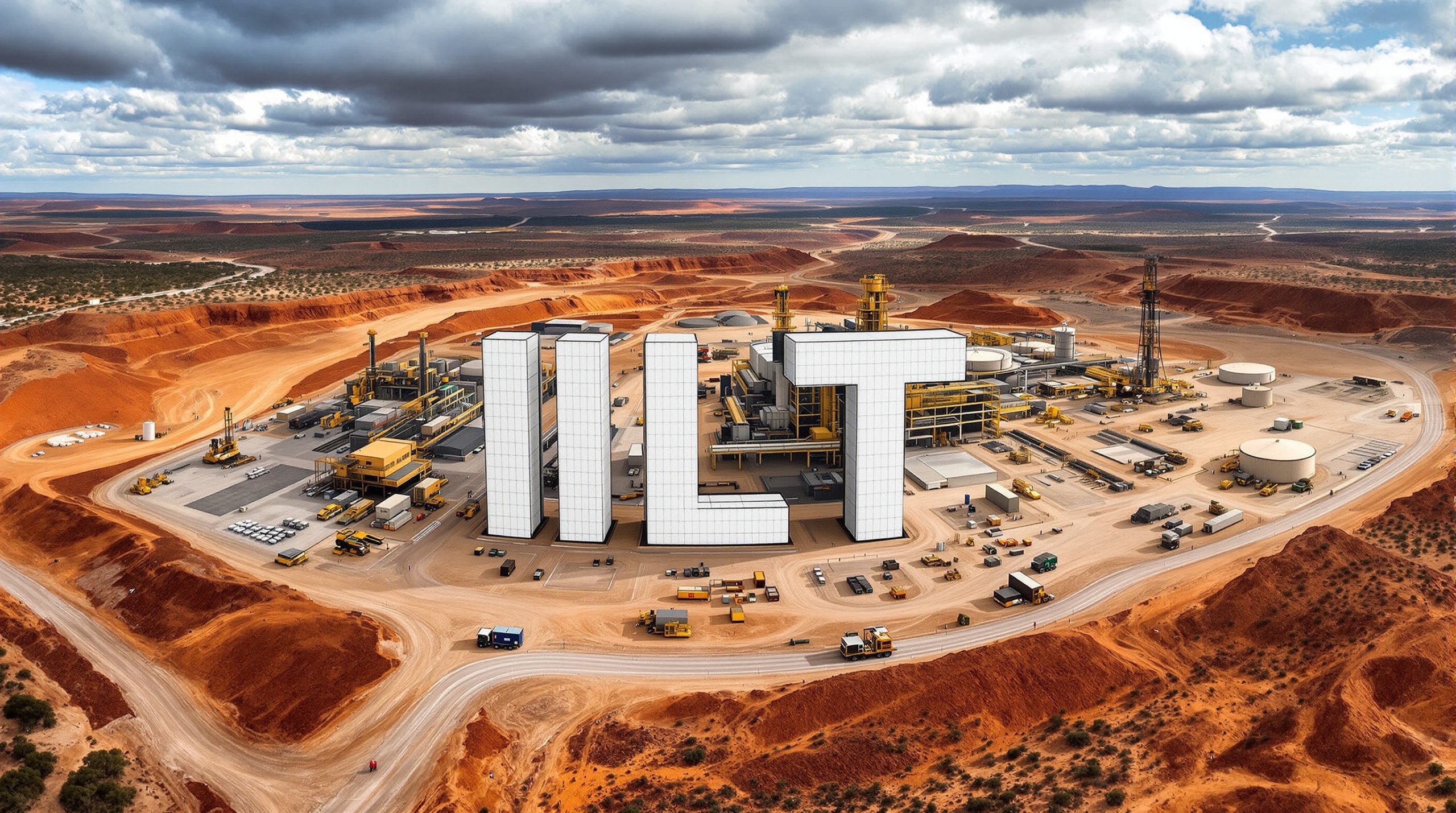First Hit Yields Promising Results with 65% Resource Conversion
Viking Mines Limited (ASX: VKA) has announced the completion of an Underground Mining Study (UMS) at its First Hit gold mine, delivering an Inferred Resource of 53,100 tonnes at 7.2g/t Au for 12,400 ounces of gold within an underground mine design. This represents a 65% conversion of the previously reported First Hit Inferred Mineral Resource Estimate of 83,800 tonnes at 7.0g/t Au for 19,000 ounces.
The study represents a significant step toward potentially unlocking value from this historical high-grade gold mine in Western Australia's Eastern Goldfields, especially with gold currently trading at A$5,080/oz – approximately 13% above the A$4,500/oz price used in the study.
"The study demonstrates that the potential of the global MRE, with 65% of the contained ounces falling within the underground mine design (totalling over 12koz of gold), there is substantial inherent value in the current record gold price environment," said Viking Mines Managing Director & CEO Julian Woodcock.
Understanding the Underground Mining Study Results
The underground mine design takes advantage of existing infrastructure, utilising the mine's decline which extends to approximately 220 metres below surface. New development would be installed where required to access stoping panels.
This approach significantly reduces capital requirements, as the study confirms the viability of using the same sublevel open stoping mining method that was successfully employed when First Hit was previously in operation in the early 2000s.
| Study Parameter | Detail |
|---|---|
| Mining Method | Sublevel open stoping |
| Gold Price Used | A$4,500/oz |
| Current Gold Price | A$5,080/oz (13% premium) |
| Resource Conversion | 65% of global MRE |
| Stoping Cut-off Grade | 1.3g/t Au |
The high conversion rate (65%) of the global resource to mineable resource suggests the deposit's geometry and grade distribution are favourable for extraction using standard underground mining methods.
What is Sublevel Open Stoping?
Sublevel open stoping is an underground mining method particularly well-suited to narrow, high-grade deposits like First Hit. This technique involves mining large open areas between established levels in the mine, with ore extracted from sublevel drilling platforms.
The method is efficient for extracting ore bodies with good rock stability characteristics, allowing for selective mining of higher-grade zones whilst minimising dilution. First Hit's previous successful operations using this method provide confidence in its application for future mining activities.
Strategic Advantages of First Hit
The First Hit project possesses several strategic advantages that enhance its potential value:
-
Granted Mining Lease: The project is located on a 100% Viking-owned and granted Mining Lease, reducing permitting timelines.
-
Existing Infrastructure: The mine has significant existing underground development, including a decline to 220m depth.
-
Nearby Processing Options: The project is surrounded by processing infrastructure in a well-established mining region.
-
Exploration Upside: Mineralisation remains open with opportunities to extend beyond current drilled limits.
-
Favourable Gold Price Environment: Current gold prices at all-time highs create a significant economic opportunity.
Riverina East Exploration Results
In addition to the Underground Mining Study, Viking has reported results from its Phase 2 drill programme at the Riverina East Project. Drilling at the Bifrost target has defined structural controls on gold mineralisation across two target areas:
Bifrost South
Drilling at Bifrost South tested a 300m long 40ppb gold anomaly defined from auger drilling, with the most significant result being 24m at 169ppb (0.17g/t) Au from 28m in hole VKRC0192. These results, while low-grade, are significant as they align with structures that host higher-grade intercepts in other areas.
Bifrost North
Drilling at Bifrost North was designed to follow up on previously reported intercepts including 17m at 1.1g/t Au and 27m at 0.4g/t Au. While the follow-up drilling returned primarily background gold levels, a peak value of 1m at 1.6g/t Au was intercepted in VKRC0183 from 40m depth.
The company believes these results confirm the presence of gold-bearing structures and plans additional drilling to locate areas where more favourable host rocks and structural positions could yield higher-grade mineralisation.
What's Next for Viking?
Viking Mines is advancing on multiple fronts, with several key activities planned:
-
Follow-up Drilling: Planning is underway for a Phase 3 drill programme to follow up on previously reported high-grade results, including 2m at 23.6g/t Au at the Bifrost target, expected to commence in late June.
-
Heritage Survey: Completion of a heritage survey to access tenement E30/529 at the southern end of the Riverina East Project.
-
Southern Duplex Target: Target development and drill planning for the Southern Duplex target.
-
First Hit Monetisation: Continued review of potential pathways to monetise the First Hit resource.
-
Geophysical Survey: Completion of closer-spaced magnetic geophysics to improve structural interpretation across the Bifrost target area.
Understanding the Resource Conversion Process
The Underground Mining Study applied a series of mining, processing and cost parameters to the First Hit Global Mineral Resource Estimate to establish the portion that could be extracted under defined assumptions.
A detailed series of steps were undertaken, including:
-
Engineering Analysis: Establishing mining engineering parameters, geotechnical conditions, and dewatering requirements.
-
Cost Modelling: Determining operating costs based on industry standards and historical data.
-
Stope Design: Using specialised software (Deswik SO) to generate optimal stope shapes.
-
Mine Design: Manual assessment of stope shapes and completion of a mine design to extract the maximum mineral resource with positive cashflow.
The resulting design delivered an in situ Inferred Mineral Resource of 53,100 tonnes at 7.2g/t Au for 12,400 ounces gold (above a 1.3g/t Au calculated stoping cut-off grade), representing 65% of the global mineral resource estimate.
The First Hit Gold Mine: Historical Context
First Hit is a historical high-grade gold mine that produced approximately 30,000 ounces of gold at an average grade of 7.7g/t Au before its closure in 2002. At that time, gold prices were around US$320/oz, compared to current prices exceeding A$5,000/oz.
The mine is located on a granted mining lease and is surrounded by significant processing infrastructure, including the Davyhurst Mill 40km to the south and the Riverina underground operations 8km to the south.
Riverina East Project Overview
The Riverina East Project is centred around the historic First Hit gold mine situated along the prospective Ida and Zuleika Shear zones in the Eastern Goldfields of Western Australia. The Project incorporates 479.9km² of tenements.
The project area is well serviced by infrastructure and is located 50km west of the sealed Goldfields highway and the township of Menzies. The nearest operating Gold Processing Plant is the Davyhurst Mill 40km to the south, owned and operated by Ora Banda Mining (ASX:OBM).
Why Investors Should Watch Viking Mines
Viking Mines presents an interesting investment proposition based on several key factors:
-
Near-term Production Potential: With the completion of the Underground Mining Study, Viking has a potential pathway to near-term production from First Hit in the current high gold price environment.
-
Multiple Exploration Targets: The company has multiple exploration targets across its 479.9km² Riverina East Project, providing significant discovery potential.
-
Strategic Location: The project is situated along the prospective Ida and Zuleika Shear zones in the Eastern Goldfields, a region known for significant gold deposits.
-
Infrastructure Advantage: The project is well-serviced by infrastructure, located 50km west of the sealed Goldfields highway and Menzies township, with the nearest operating gold processing plant just 40km away.
-
Experienced Management: The company is led by an experienced team with a track record in Western Australian gold exploration and development.
Viking's combined approach of advancing the existing high-grade resource at First Hit while systematically exploring the broader Riverina East Project provides multiple potential catalysts for shareholder value creation in the coming months.
Key Takeaway:
Viking Mines has positioned itself with both near-term production potential through the First Hit Underground Mining Study results and significant exploration upside across the Riverina East Project. With gold at record prices and a clear pathway forward, investors should monitor the company's progress in both advancing First Hit toward production and its ongoing exploration efforts targeting high-grade gold discoveries.
Ready to Gold Mine This Opportunity?
Discover how Viking Mines is strategically advancing its high-grade First Hit gold project with impressive 65% resource conversion in today's record gold price environment. With near-term production potential and multiple exploration targets across the prospective Riverina East Project, now is the time to consider the investment potential. For comprehensive information about Viking Mines' projects and to stay updated on their progress, visit vikingmines.com today.




